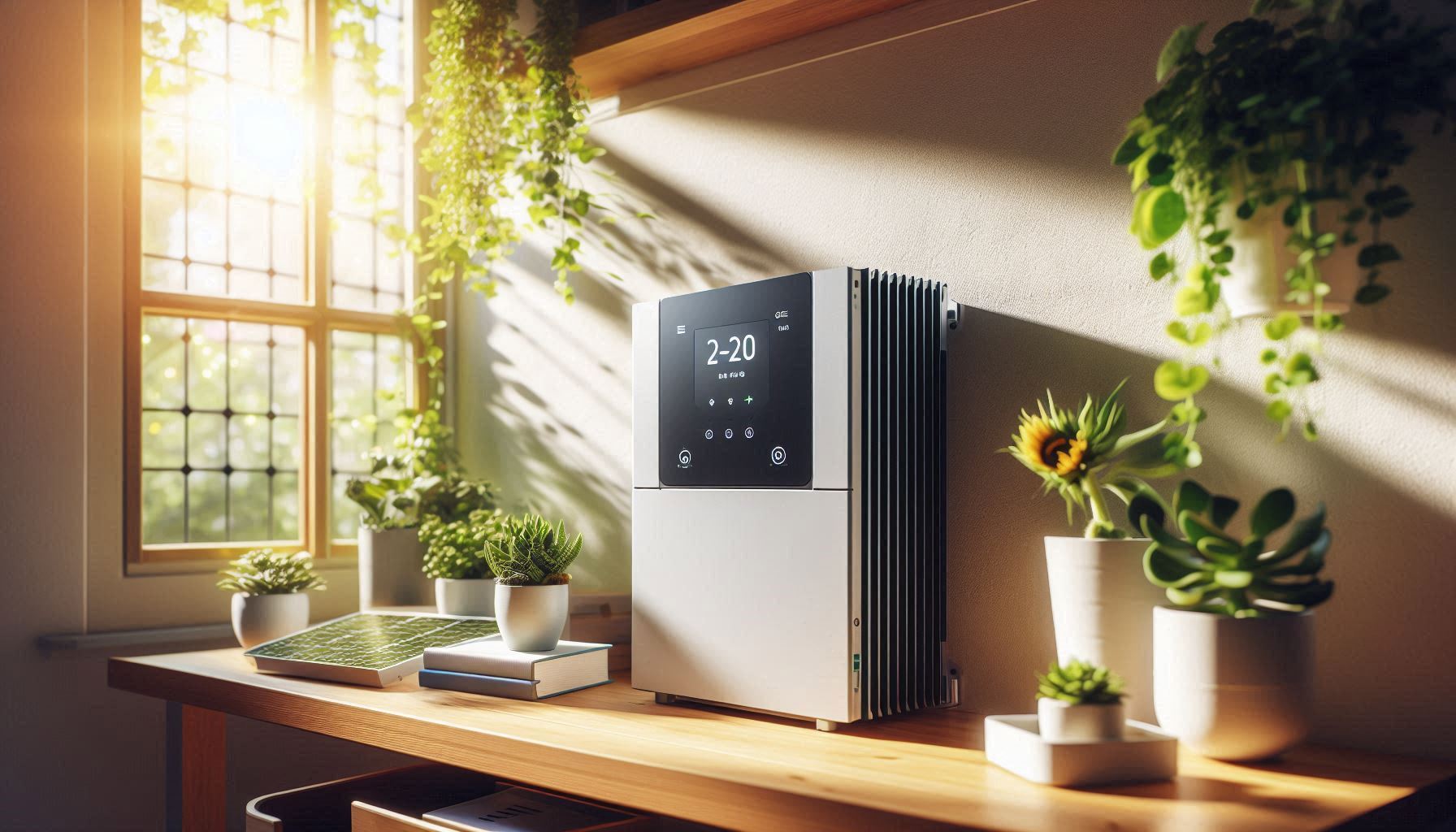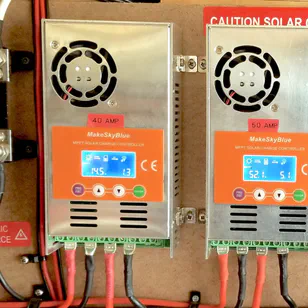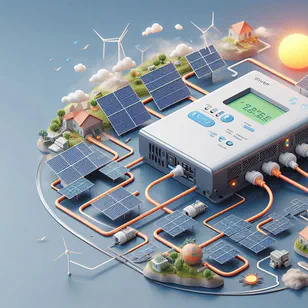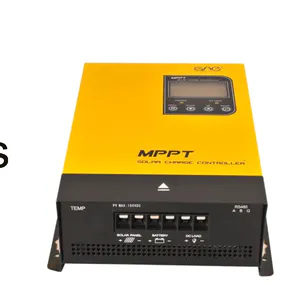Introduction
In the ever-evolving world of solar power, staying up-to-date with the latest equipment can be challenging. However, with current supply chain disruptions and increased demand, some turn to older, dust-covered models from warehouses and logistics centers. These inverters, once cutting-edge, now offer an intriguing, albeit dated, option for certain situations. Let’s delve into what makes these low-voltage hybrid inverters unique, their advantages, and potential drawbacks.
The Characteristics of Outdated Low-Voltage Hybrid Inverters
These inverters often bear a striking resemblance to newer models in terms of appearance, weight, and interface. Typically, they come in a 5 kW capacity, which was quite popular a few years ago. The most notable characteristic, however, is their low-voltage MPPT (Maximum Power Point Tracking) input, usually ranging from 30 to 145 volts with a current rating of 80 or 100 amps. This low-voltage input is a hallmark of older designs, which have largely been phased out in favor of higher voltage systems.
Potential Drawbacks
Increased Cable Requirements:
Due to the lower voltage and higher current, these inverters require connecting solar panels in strings of two or three. This setup increases the need for more and thicker cabling, which can be particularly challenging and costly if the distance between the panels and the inverter is significant, such as in cases where they are 50 meters apart.Lack of Grid Support Features:
These older models often lack advanced features like grid-tied operation with solar supplementation, commonly referred to as SUB (Supplementary Backup). This means they rely entirely on batteries for power autonomy, without the ability to inject excess solar energy into the grid.
Ideal Use Cases
Despite these drawbacks, low-voltage hybrid inverters can be a perfect fit for specific scenarios:
Emergency Backup in Apartments:
These inverters excel as Uninterruptible Power Supplies (UPS) in apartments where solar panels are unnecessary. They provide all essential UPS functions and can serve as a reliable backup during power outages.Small-Scale Solar Installations:
For those looking to install a few solar panels, such as on a balcony, these inverters are an excellent option. Their low MPPT voltage allows them to work effectively with just two panels, a setup not feasible with inverters designed for 60-500 volt MPPT ranges.
Conclusion: A Cautionary Tale
While these older inverters can still be functional and useful, they come with inherent limitations. The market price for these units, often not reflective of their outdated technology, can be a deterrent. In a rapidly advancing field, a two-year-old inverter can feel like a relic. Therefore, if you opt for these models, do so with a clear understanding of their capabilities and limitations. Choose wisely and ensure that the price reflects the technology’s age and functionality.




